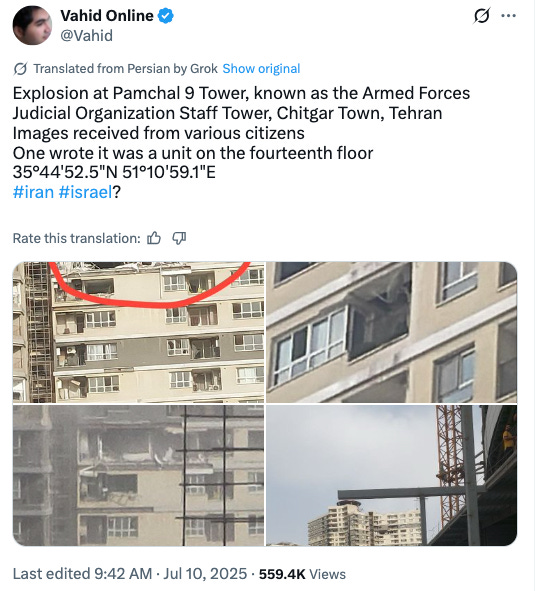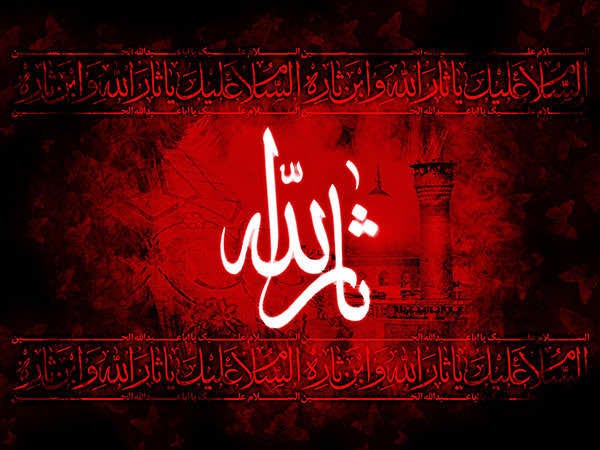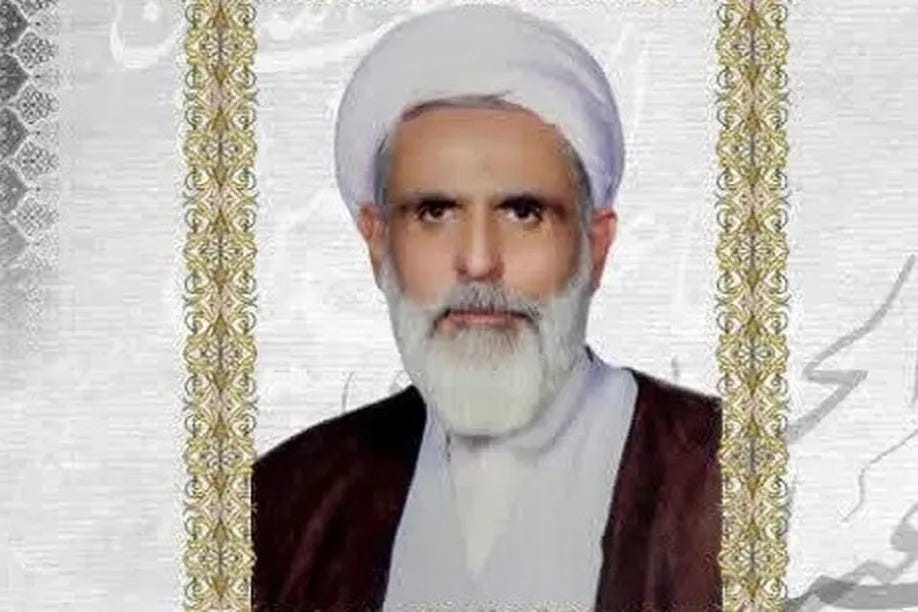Khamenei’s Eyes and Ears Go Dark: The Death of Ali Taeb and the Shadow of Sarallah
Iranian state media quietly reported the death of Ali Taeb, Supreme Leader Ali Khamenei’s former representative at Sarallah Headquarters—a key Revolutionary Guards command center responsible for crushing protests and guarding the regime’s core. No cause of death was given. No date, no detail, no clarity.
Ali Taeb, the former representative of Iran’s Supreme Leader at Sarallah Headquarters, died recently, with Iranian state media breaking the news on July 12, 2025, though no cause of death was disclosed.
Unofficial and unverified reports have circulated—such as on Reddit—claiming his death resulted from an explosion in Tehran’s Chitgar district (specifically near the “Pamchal 9” building). However, these accounts remain speculative and are not corroborated by reliable sources or official confirmation.
❍ https://x.com/Vahid/status/1943304887887929742
But according to Persian opposition outlets, Taeb is believed to have died around July 9, 2025 (Tir 19, 1404)—possibly from injuries sustained during recent Israeli airstrikes that targeted IRGC facilities. The silence from the regime is deafening, and telling.
Sarallah HQ: The Beating Heart of Domestic Repression
The term "Sarallah" (ثارالله) literally means "the blood of God" and carries deep symbolic weight in Shi'a theology. It is a title attributed to two “infallible" Imams: Imam Ali and his son, Imam Hussein. In the Ziyarat (pilgrimage prayer) for Imam Hussein, the phrase appears as: "Peace be upon you, O blood of God and the son of His blood" — highlighting the belief that Hussein’s martyrdom at Karbala was not only a political or historical event, but a divine, sacred sacrifice. The term thus implies divine vengeance and cosmic justice—a powerful theological concept now ironically tied to the IRGC’s Sarallah Headquarters, which co-opts the name for violent repression rather than justice.
Sarallah Headquarters is no ordinary military post—it is the epicenter of repression in the Islamic Republic. Based in Tehran, this IRGC command center controls the capital’s protest suppression operations, coordinates cyber and surveillance activity, and manages the information war against Iran’s own citizens.
Its legacy includes:
the violent crackdown on protesters in 2009, 2017, 2019, 2022, and beyond;
mass surveillance of activists and journalists;
coordination of arrests, torture, and targeted disappearances.
Ali Taeb was Khamenei’s direct envoy to this institution. That makes his death—whether from illness, assassination, or war—profoundly significant.
The Taeb Dynasty: A Security Mafia
Ali’s death shines a new light on one of the most feared families in the Islamic Republic: The Taebs.
Hossein Taeb, Ali’s brother, was the long-time chief of the IRGC Intelligence Organization (IRGC-IO). Ruthless, secretive, and close to Mojtaba Khamenei, Hossein ran Iran’s most notorious surveillance and counterintelligence apparatus until his 2022 removal—likely after being blamed for Israeli penetrations of Iran’s security networks.
Mehdi Taeb, another brother, heads the Ammar Headquarters, a shadowy regime think tank focused on ideological warfare and “soft war” operations—code for psychological operations and regime propaganda.
Together, the Taeb brothers were often described as the “eyes, ears, and knife” of Khamenei’s deep state.
Who Was Ali Taeb?
Ali Taeb may not have been as visible as Hossein, but he was deeply embedded in the regime’s ideological and security hierarchy:
Originally studied mechanical engineering at Iran University of Science and Technology
Recruited into the seminary by Ayatollah Bahjat and Allameh Tabatabaei
Operated under a false identity during the Shah’s era to avoid SAVAK
Rose through the IRGC ranks during the Iran–Iraq War, including:
Deputy head of IRGC propaganda
Commander of Ramadan Base
President of Motahari University in Qom
Held advisory roles to the IRGC Joint Chiefs
Directed the Foundation for Martyrs and Veterans in Qom
Led Al-Mustafa International University, a key soft-power hub exporting regime ideology
Was a board member at the Noor Computer Research Center and ran the Ghadir Information Center—both involved in ideological warfare and censorship technologies
Ali Taeb was not just a cleric; he was a systems engineer for the regime’s domestic oppression architecture.
Ali Taeb’s death—unannounced, unexplained, and under a cloak of silence—sends a ripple through the Islamic Republic’s power structure. Why?
It signals a potential vacuum at the top of Sarallah HQ, one of the regime’s most strategically sensitive nodes
It underscores growing instability: whether his death was natural or inflicted, it comes at a moment when Iran’s internal security is increasingly compromised
It exposes regime paranoia: the refusal to explain the cause of death suggests internal fear, factional struggle, or worse—Israeli sabotage
Hossein Taeb’s curt, formulaic statement of condolence to Sarallah’s new commander, Brigadier General Mohammad Pakpour, suggests continuity—but also hints at a cleansing underway within the intelligence-security elite.
Is Ali Taeb’s death the start of a broader shake-up? The Taeb family, once untouchable, has already lost one of its pillars in Hossein’s ouster. Now Ali is gone—quietly, mysteriously. And Mehdi, the ideological chief, remains a figure of growing irrelevance amid widening unrest.
The system they helped build—one of surveillance, imprisonment, coercion, and silence—now looks fragile, frayed, and full of ghosts.
Ali Taeb lived in the shadows of a regime built on fear. Now he dies in silence, leaving behind a legacy soaked in repression and shrouded in secrecy. Whatever the cause, his passing is not just the end of a man—it’s the flicker of darkness moving through a system that knows it is no longer immortal.







